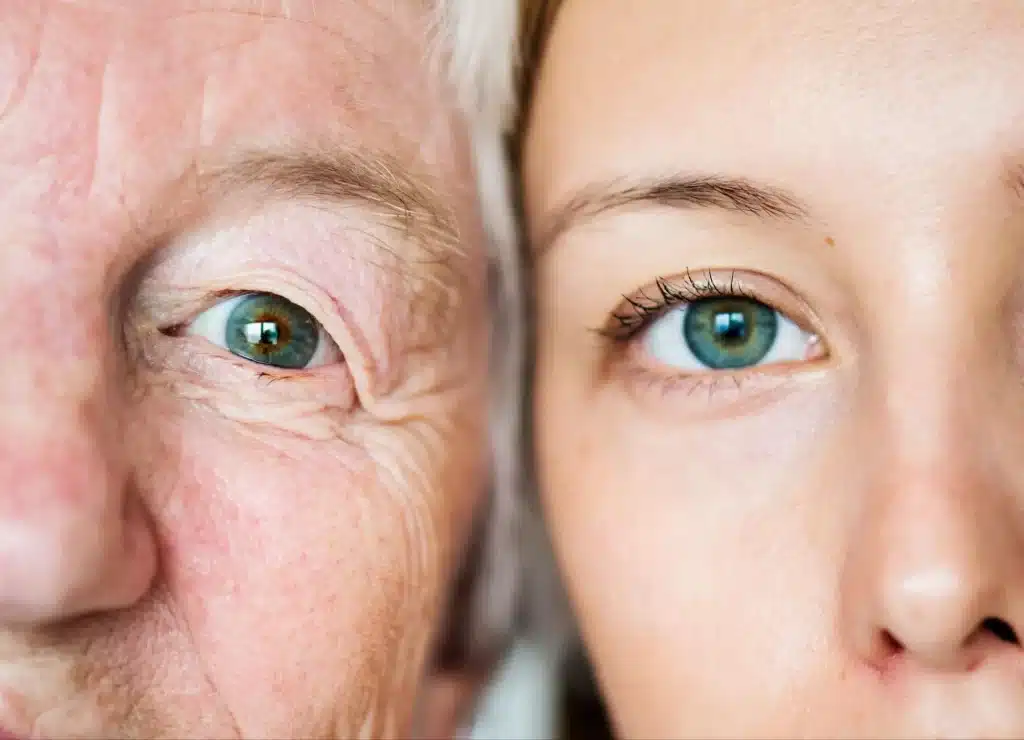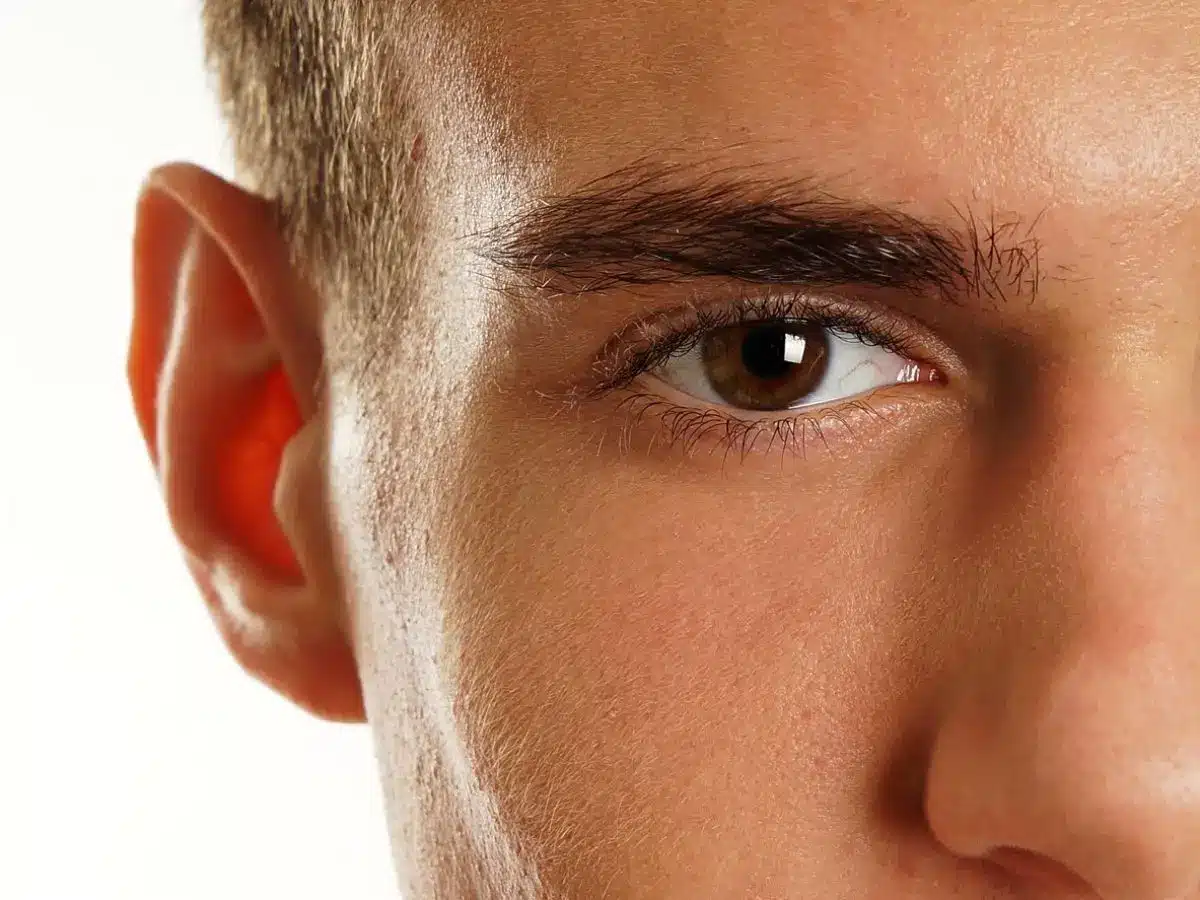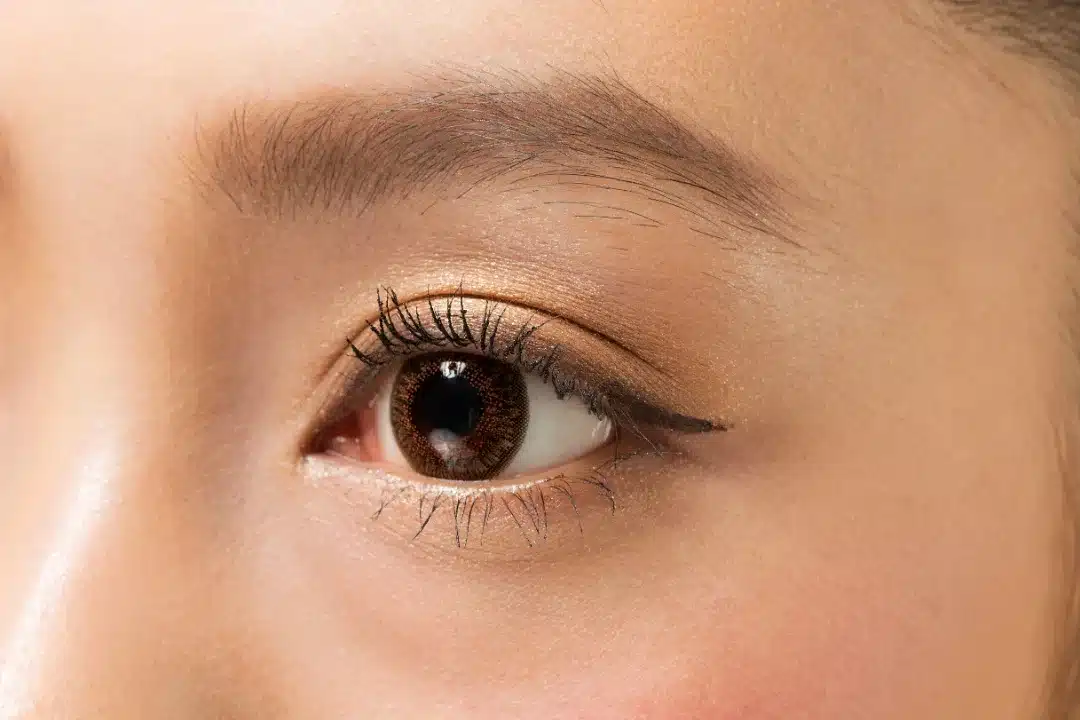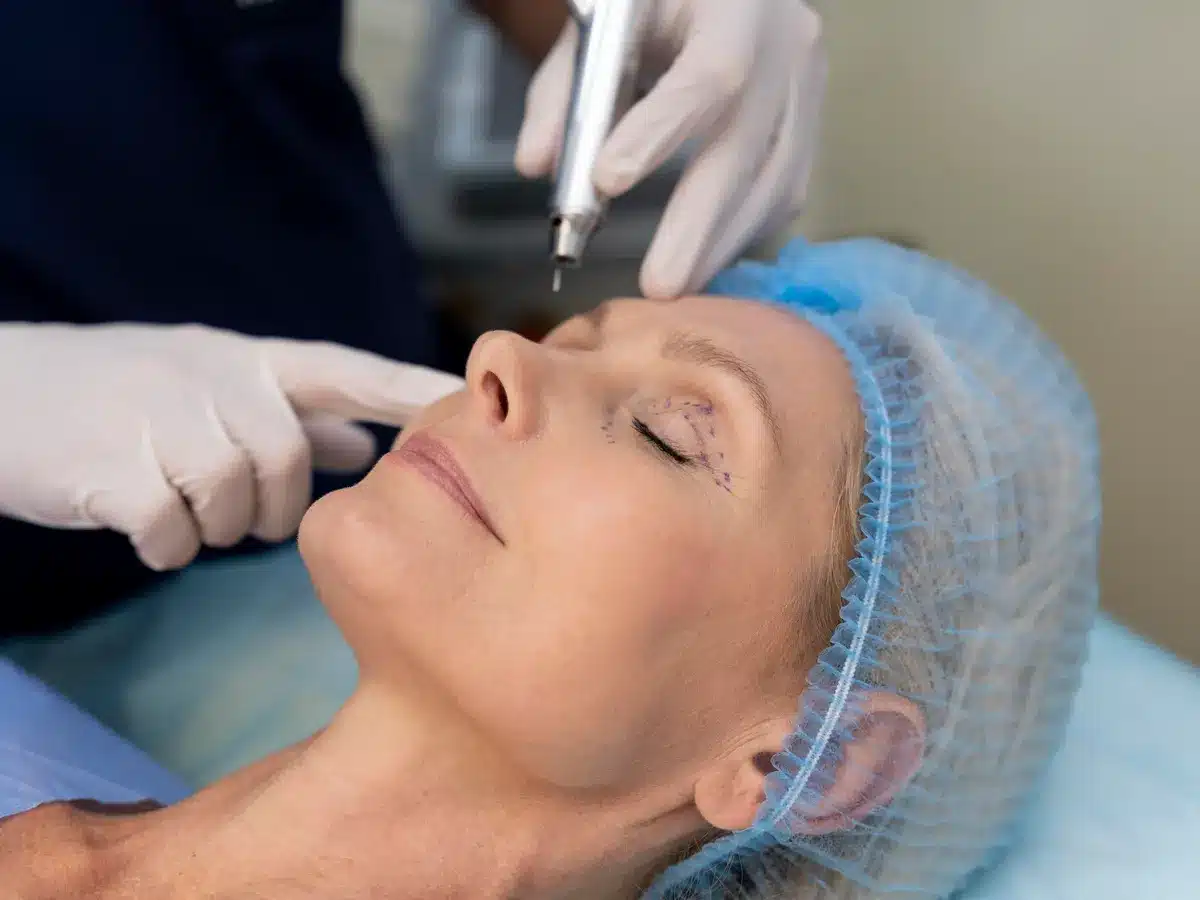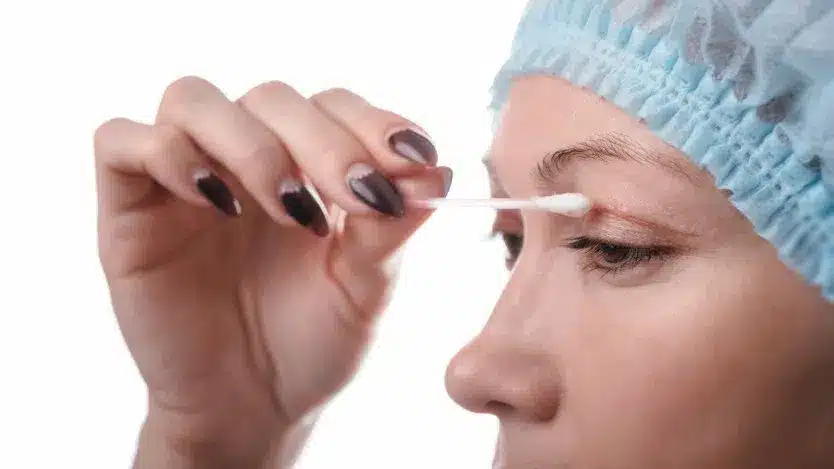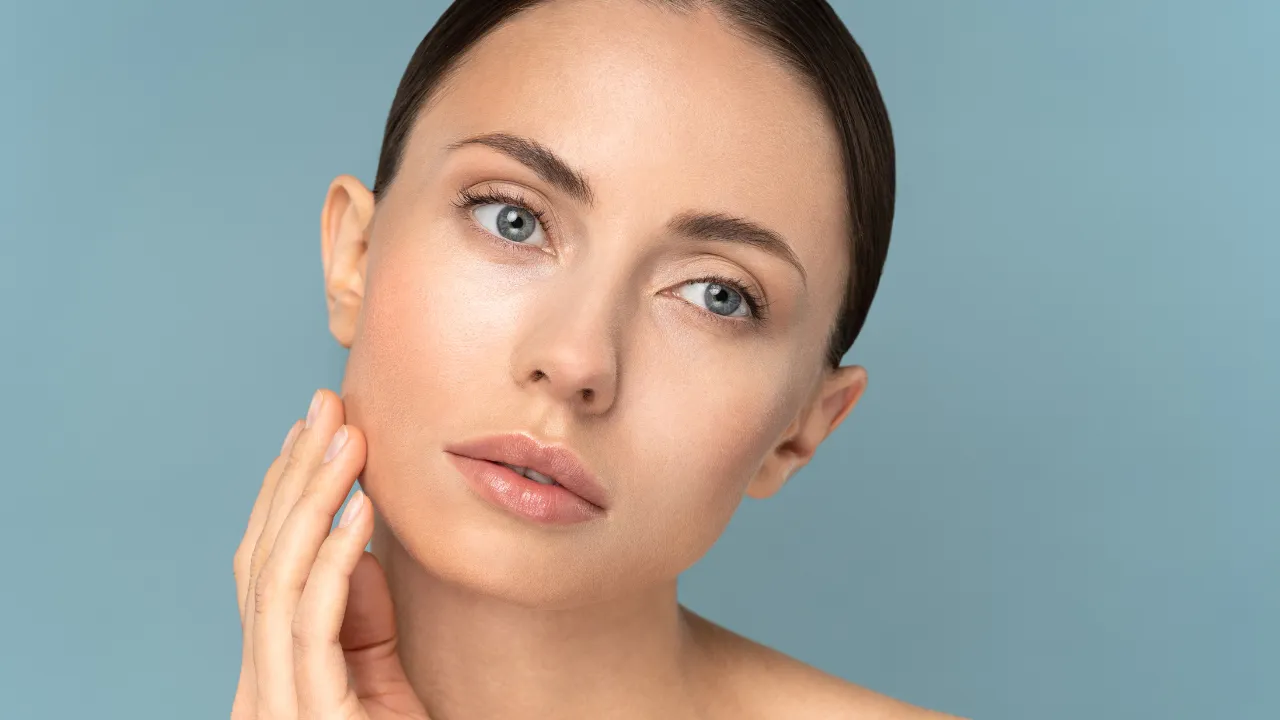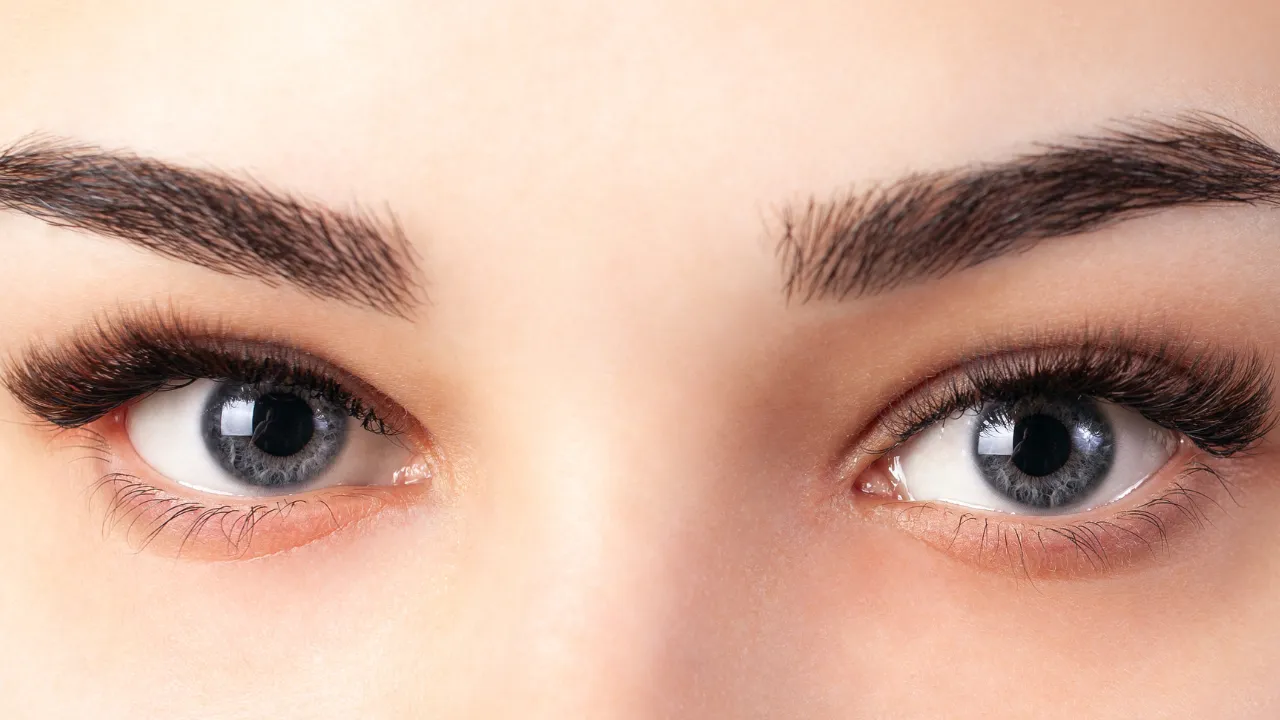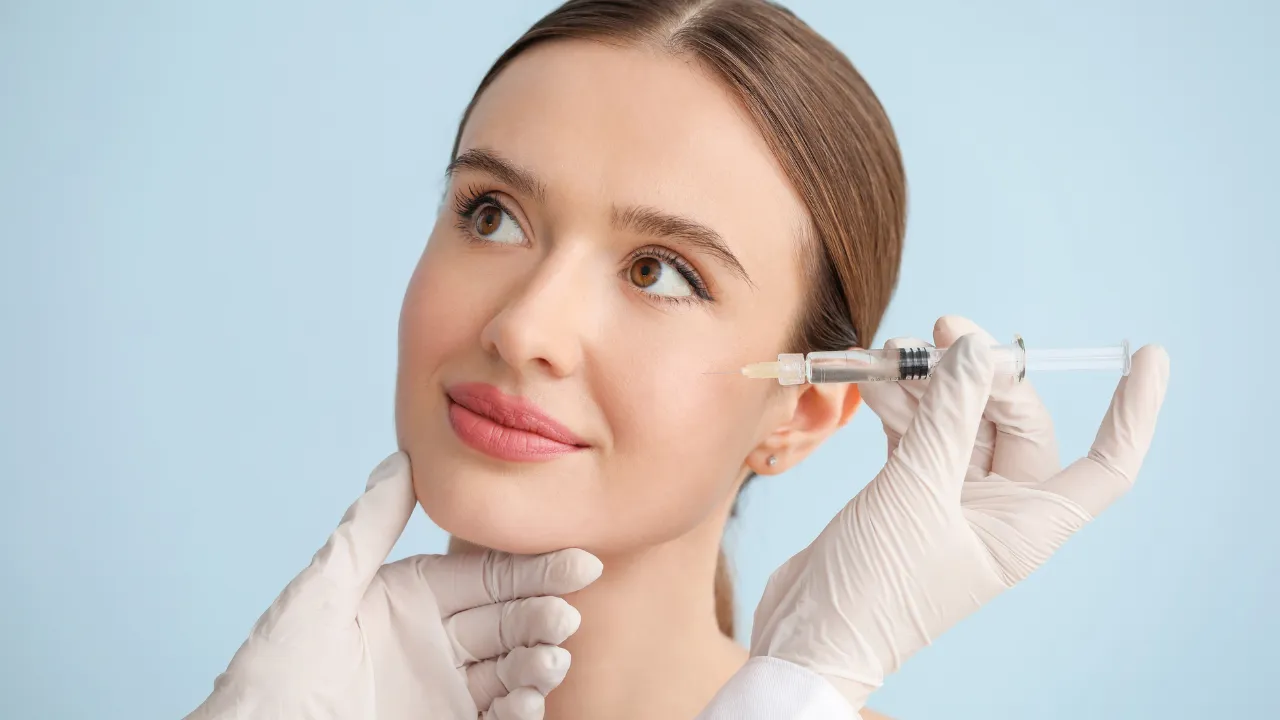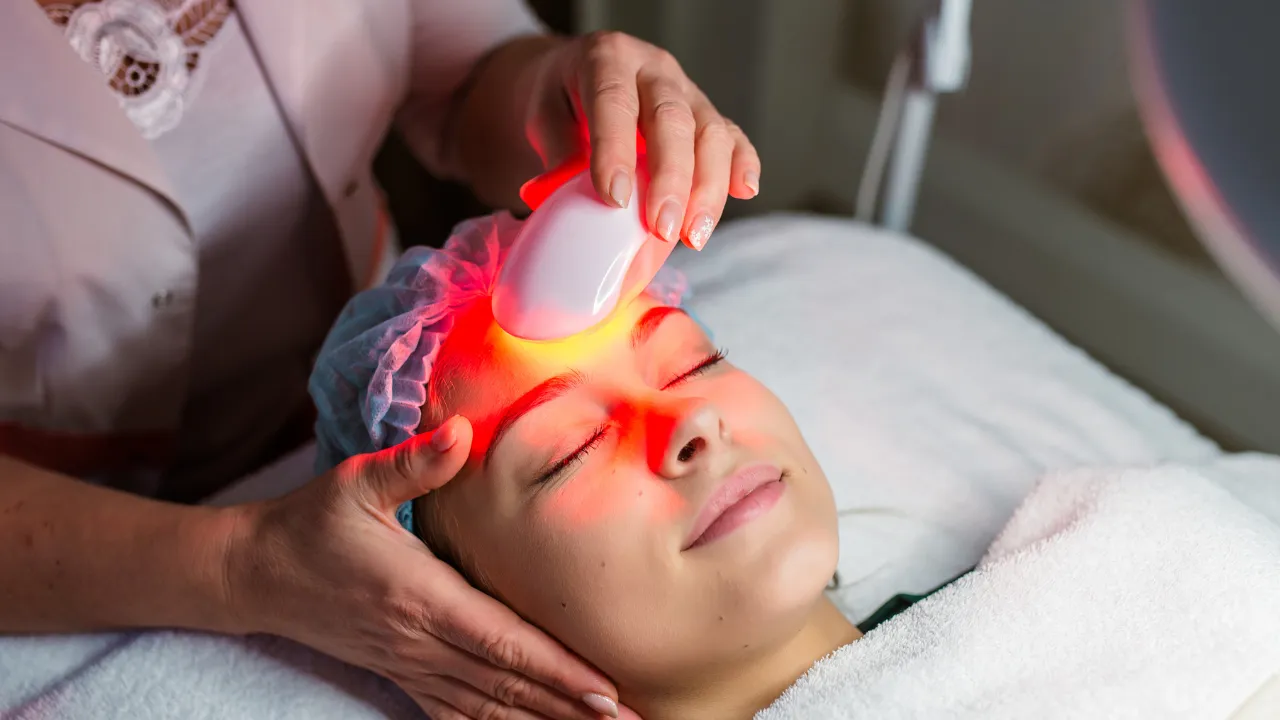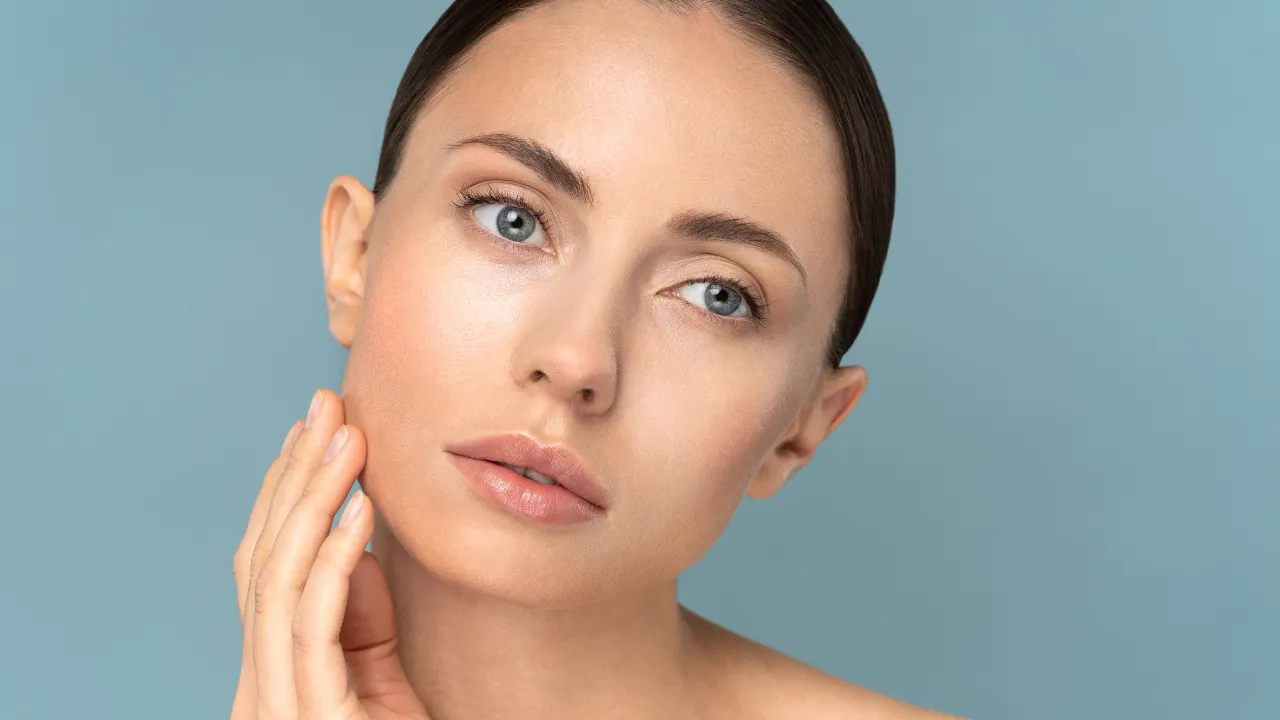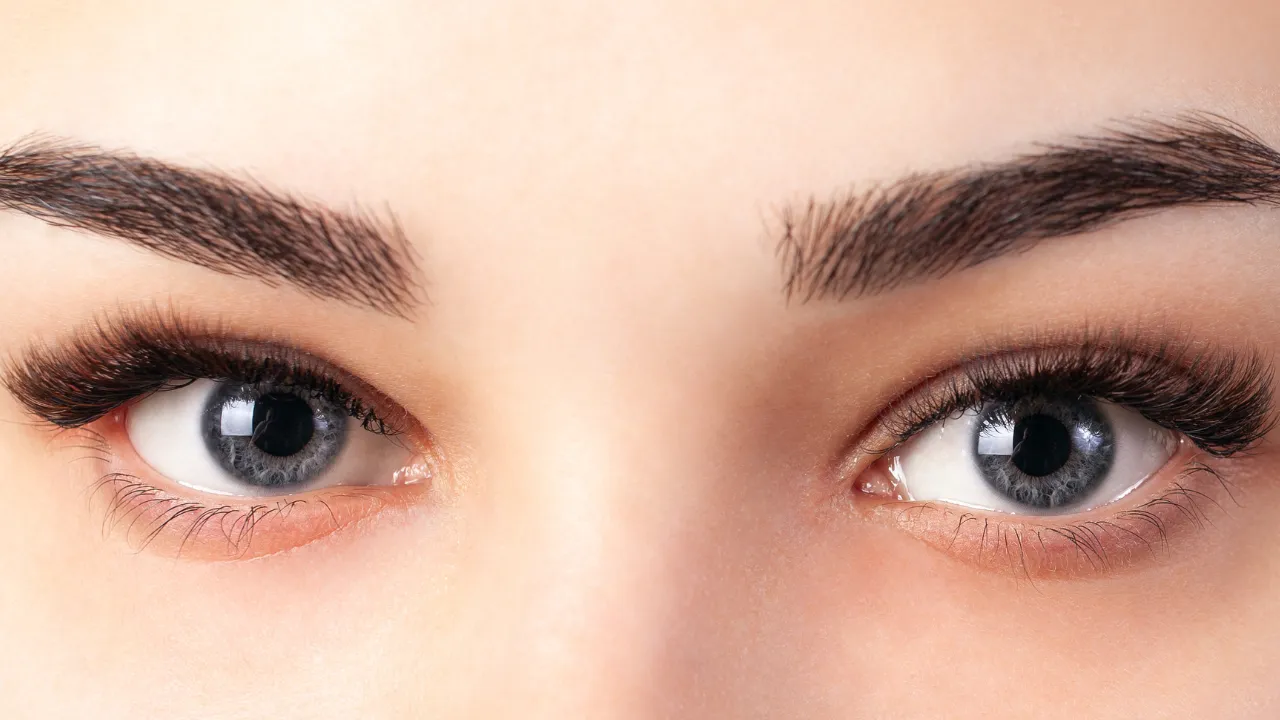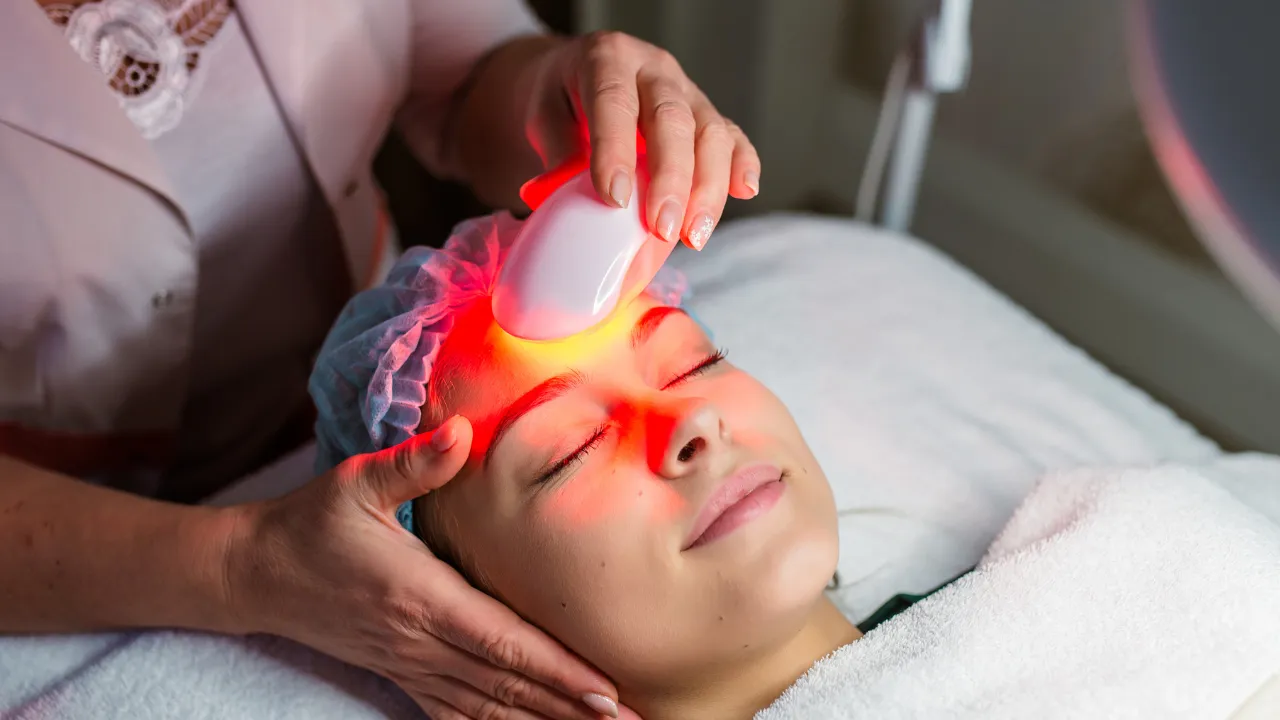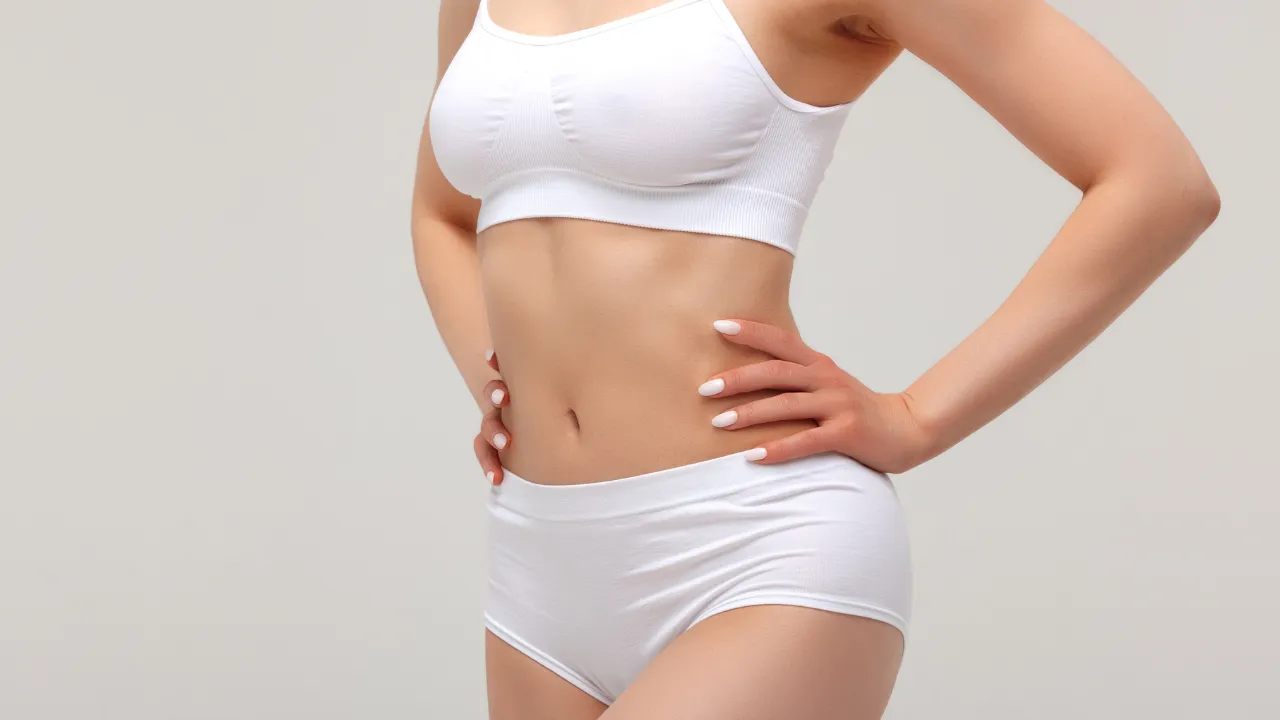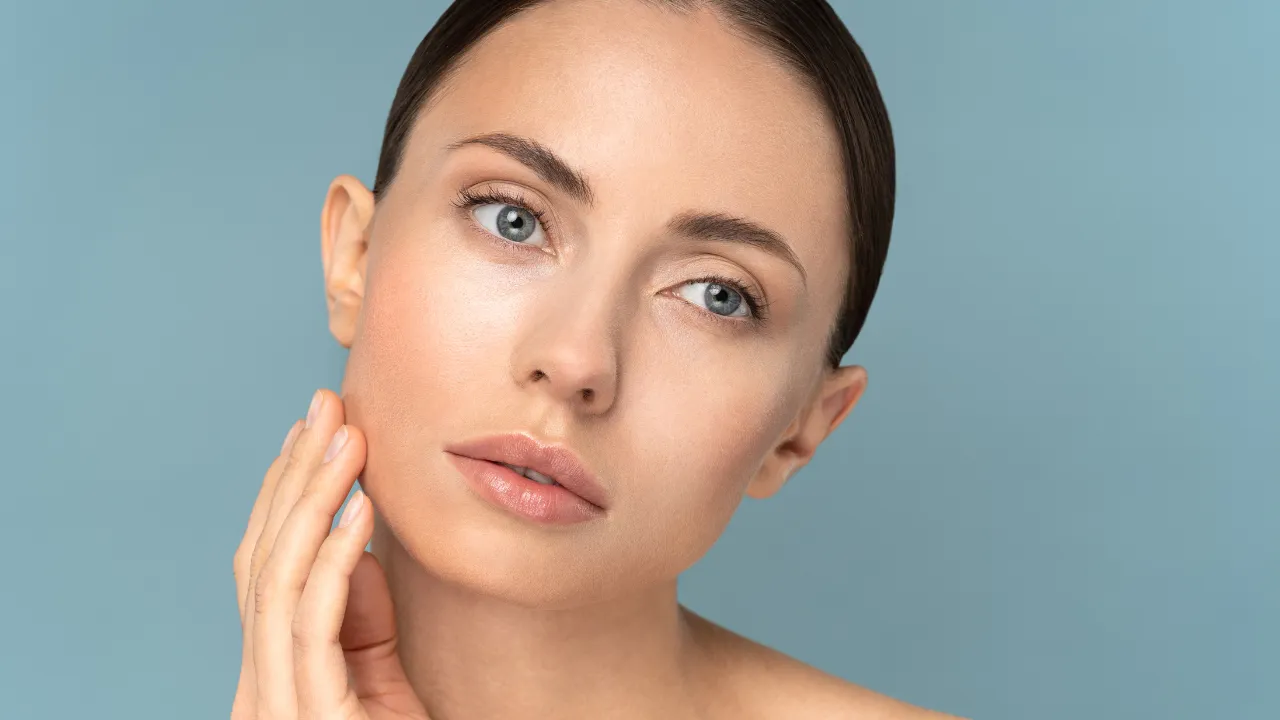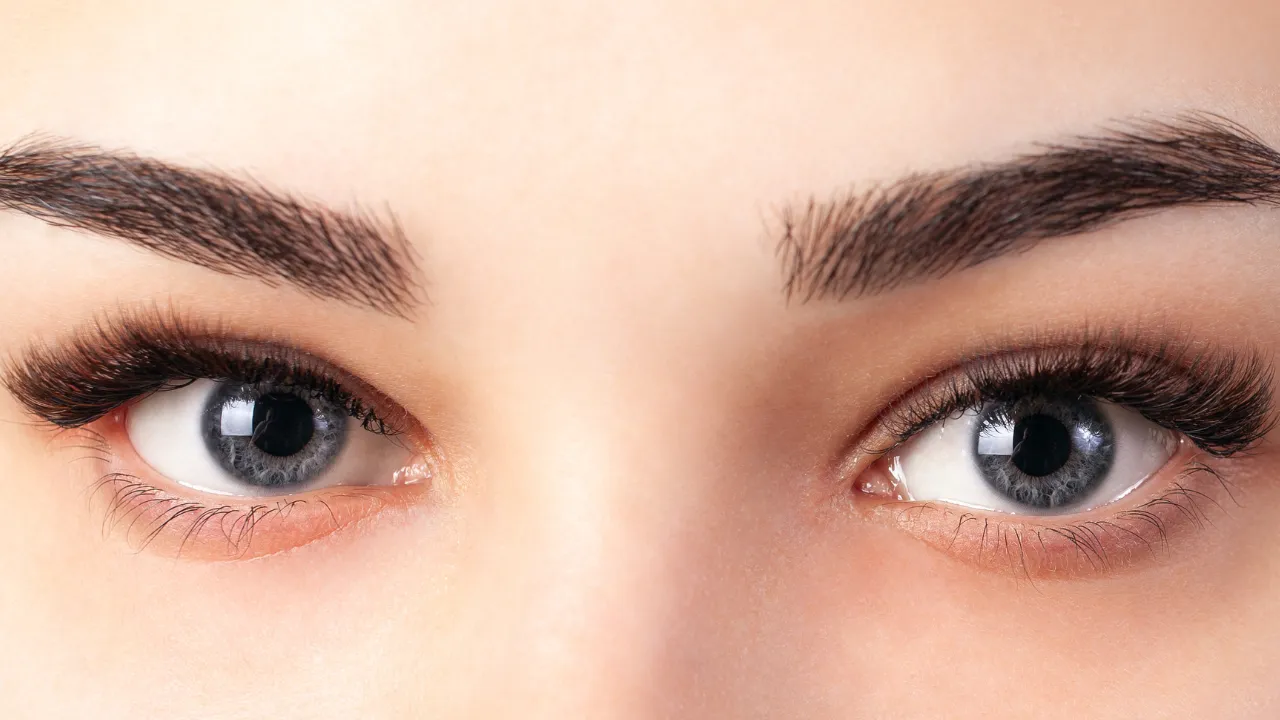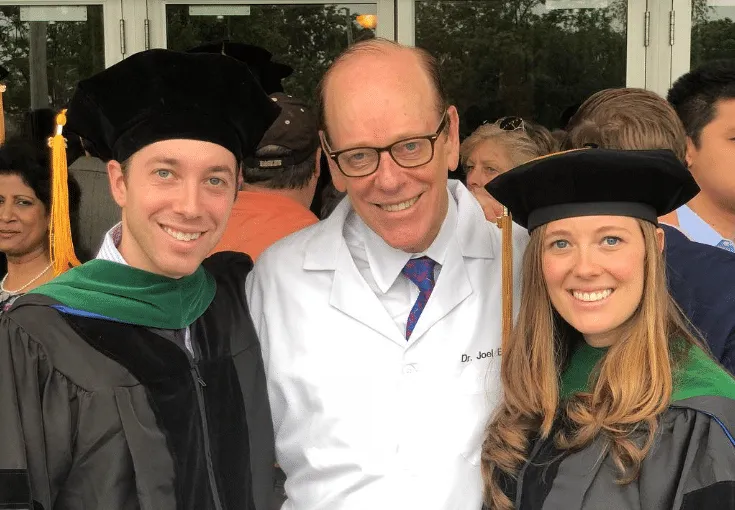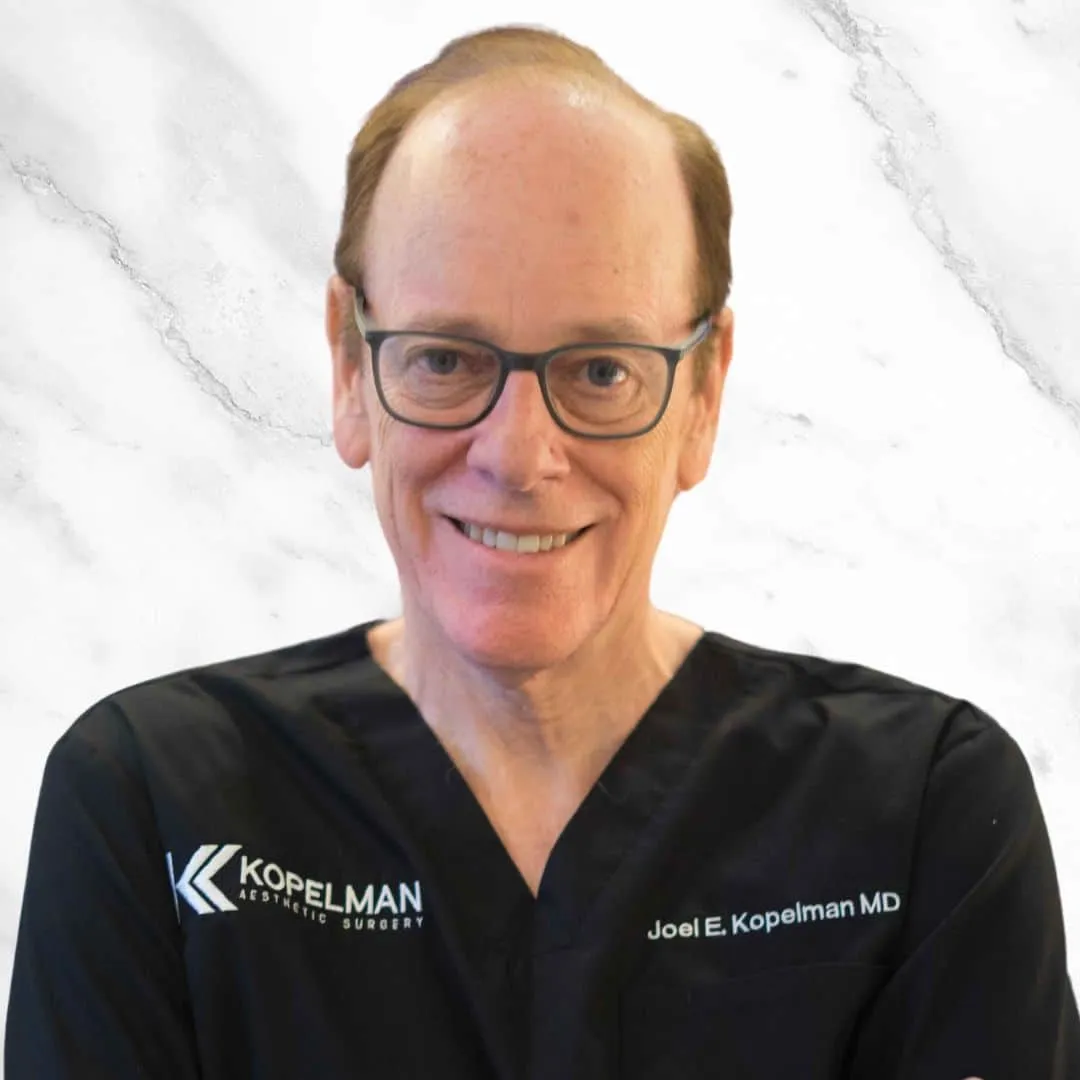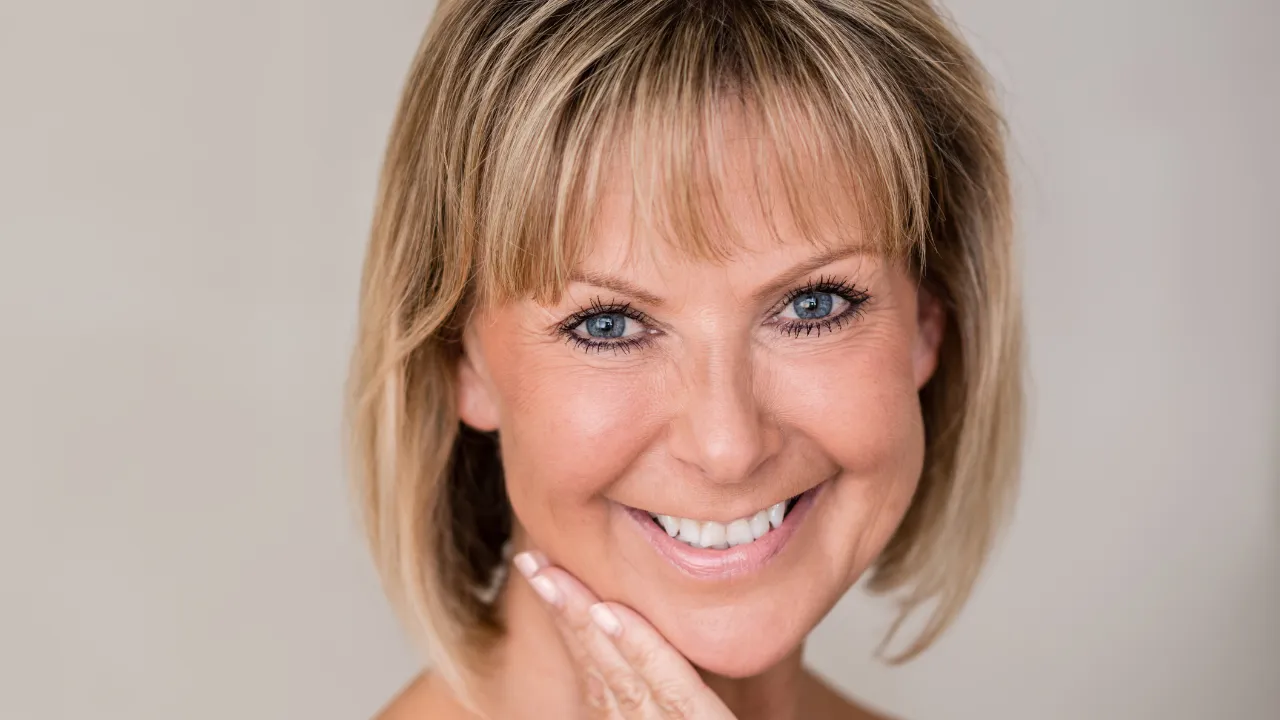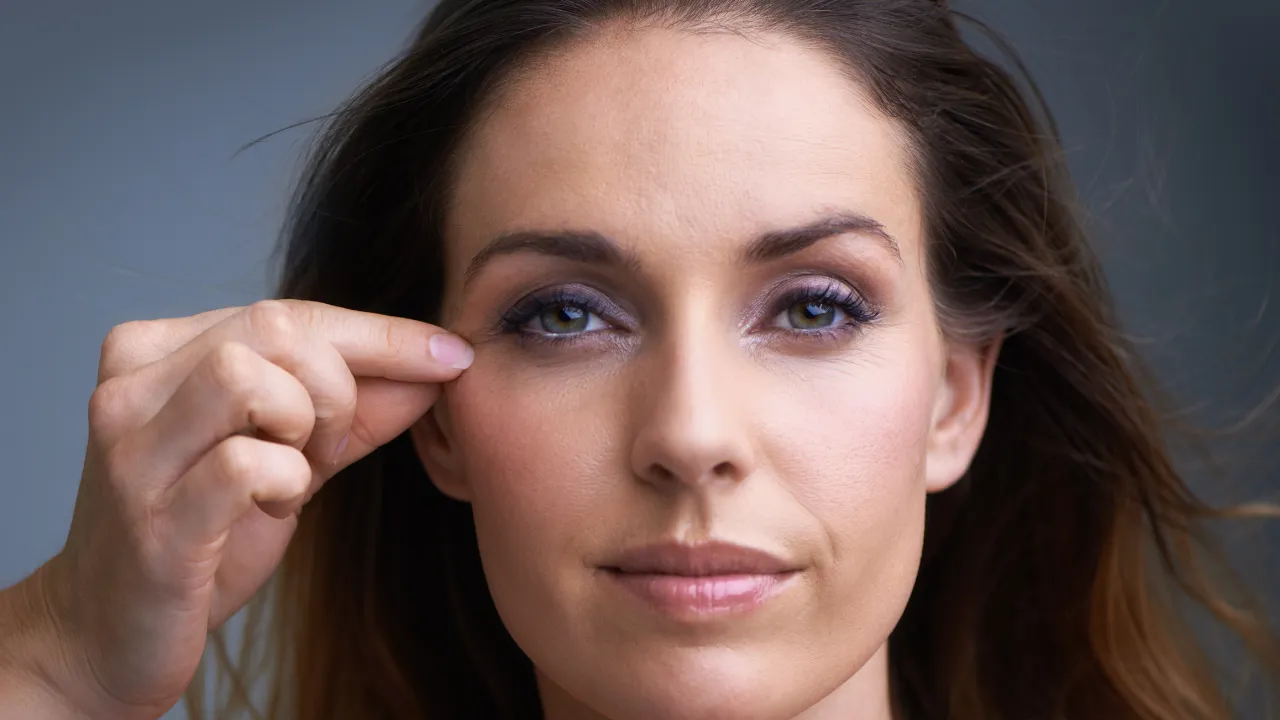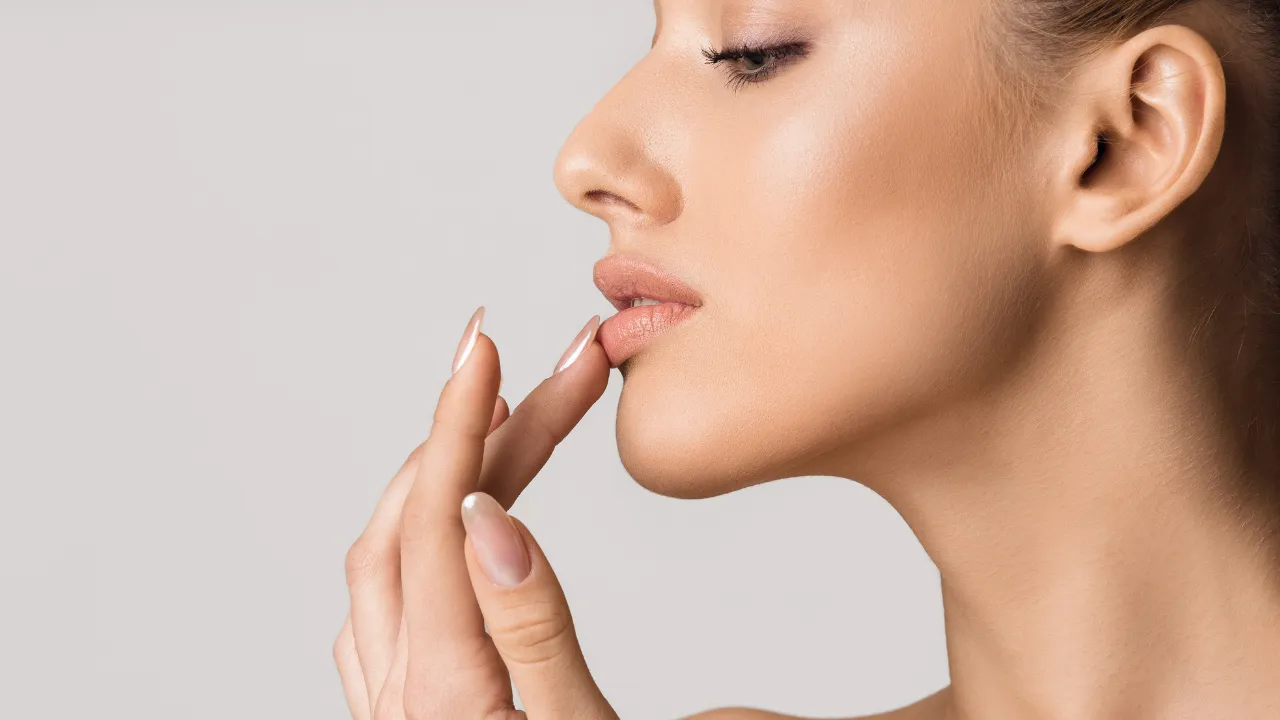Aging eyelids are a common concern that affects both appearance and vision. At Kopelman Aesthetic Surgery in New York City, Dr. Joel Kopelman provides expert care to help patients address changes caused by the aging process. With over 35 years of experience in oculoplastic surgery, Dr. Kopelman specializes in restoring a refreshed, natural appearance.
Key Takeaways
- Aging eyelids can begin as early as your late 30s, often showing as sagging skin, hooding, wrinkles, or dryness.
- Common causes include collagen loss, sun exposure, poor lifestyle habits, and conditions like allergies or thyroid issues.
- Treatment options include skincare, non-invasive methods, and blepharoplasty for long-term correction.
- Dr. Joel Kopelman provides personalized solutions to address both cosmetic concerns and vision-related issues.
Table of Contents
ToggleWhen Do Eyelids Start to Age, and What Are the Signs?
Most people begin to notice signs of aging in their eyelids by their late 30s or early 40s. These include sagging, puffiness, and loss of definition in the eye area.
Common Signs: Sagging, Hooding, Wrinkles
Heaviness in the lids, drooping eyelids, and fine lines and wrinkles are among the earliest signs of aging. Hooded eyelids may make the eyes appear smaller, and applying makeup may become more challenging.
These are some of the most visible signs of aging and often appear first around the eyes due to thinner skin in this region.
Dry or Wrinkly Eyelids at 40
As the skin loses moisture and elasticity, dryness and crepey texture can develop. This sensitivity makes the area more reactive to weather and skincare products.
Upper Eyelid Aging and Visual Impact
Upper eyelid aging can lead to drooping that affects peripheral vision. This isn’t just cosmetic; some patients notice fatigue when reading or driving. In advanced cases, excess skin in the upper lid can physically obstruct vision.
As sagging progresses, it can affect daily tasks such as reading or computer use. When these symptoms appear, it’s often time to consult a specialist.
What Everyday Habits Speed Up Eyelid Aging?
Lifestyle and environment play a big role in the rate of eyelid aging.
- Frequent screen time leads to squinting and fatigue
- Poor sleep and hydration increase puffiness
- Rubbing from allergies causes irritation
- Skipping SPF promotes sun damage
- Smoking and stress accelerate skin changes
Protecting the eye area from sun exposure and maintaining good habits can delay eyelid changes with age.
What Causes Eyelid Aging?
Eyelid aging results from structural and environmental factors that affect skin and muscle tone.
Skin Thinning and Muscle Weakening
Over time, the body produces less collagen and elastin, weakening the skin’s structure and increasing its susceptibility to sagging. Thinning skin reveals underlying fat pads, leading to puffiness and dark circles. Muscle weakening contributes to drooping eyelids.
These changes reflect the natural aging process, but they can vary significantly from person to person.
Sun Exposure, Lifestyle, and Genetics
Lack of sun protection accelerates eyelid damage. Smoking, stress, and poor sleep contribute to collagen breakdown. Genetics also influences how early and how visibly changes appear.
Eyelid Problems in the Elderly
In older adults, conditions such as ptosis, entropion, or ectropion may develop. These issues may require correction to preserve vision or comfort.
To distinguish cosmetic from medical symptoms:
- Cosmetic: wrinkles, puffiness, sagging
- Medical: obstruction of vision, irritation, persistent dryness
Other Possible Causes of Eyelid Changes
Not all changes are age-related. Eyelid appearance may also be influenced by:
- Allergies or sinus congestion
- Thyroid disease
- Sleep deprivation or water retention
If symptoms are sudden or asymmetrical, medical evaluation is recommended.
How to Treat and Improve Aging Eyelids
Treatment depends on severity and personal goals.
At-Home Tightening and Remedies
Apply lightweight moisturizers, SPF, and retinol products to nourish the skin. Cold compresses or green tea bags may reduce swelling.
Non-Surgical Fixes for Droopy Eyelids
For mild sagging, non-invasive options like radiofrequency, ultrasound, and laser treatment offer gradual tightening. These are ideal for early intervention and require multiple sessions.
Patients often report noticing changes when applying makeup or after long days at work. Recognizing these early shifts helps guide treatment decisions.
Wrinkled Eyelids Treatment Options
Microneedling, peels, and Botox help improve skin texture and dynamic wrinkles. Tear trough fillers can restore lost volume beneath the eye.
Medical and Surgical Solutions
When conservative options aren’t enough, medical treatments offer long-term benefits.
Blepharoplasty and Eyelid Surgery
Blepharoplasty is a surgical procedure that removes excess fat and skin from the eyelids. It improves both appearance and field of vision. Dr. Kopelman offers upper blepharoplasty for patients with upper lid sagging and combined techniques when needed.
In this plastic surgery procedure, the goal is to remove excess skin that contributes to heaviness, asymmetry, or blocked vision. The result is a more youthful and open appearance, along with improved functionality.
Recovery typically takes 1–2 weeks, and outcomes depend on various factors, including anatomy, aftercare, and lifestyle.
Medications for Droopy Eyelids
Prescription eye drops like oxymetazoline may temporarily lift the eyelid in mild ptosis cases. These do not replace structural correction.
How to Fix Droopy Eyelids Instantly
Eye strips or certain makeup techniques can temporarily lift the lid for short-term use. These are not permanent solutions.
When to See a Specialist
If eyelid aging disrupts your vision or daily comfort, it’s time to consult a qualified surgeon.
Choosing the Right Eyelid Surgeon
Look for a board-certified plastic surgeon with experience in both cosmetic and functional eyelid procedures. Discuss your goals and review before-and-after results to ensure proper alignment.
What to Expect from a Consultation
Your consultation will include an exam of eyelid structure, muscle tone, and skin condition. Together, you and your surgeon will decide whether non-surgical care or a surgical procedure offers the most effective outcome. Schedule a consultation today to receive a personalized evaluation and expert guidance tailored to your needs.

